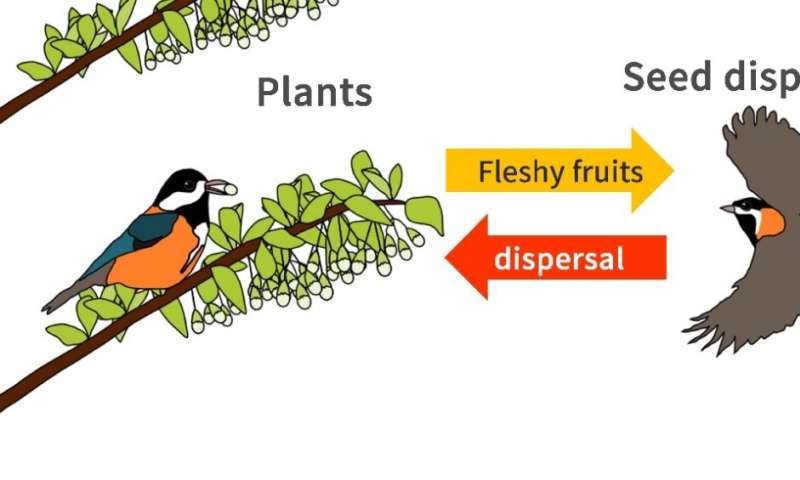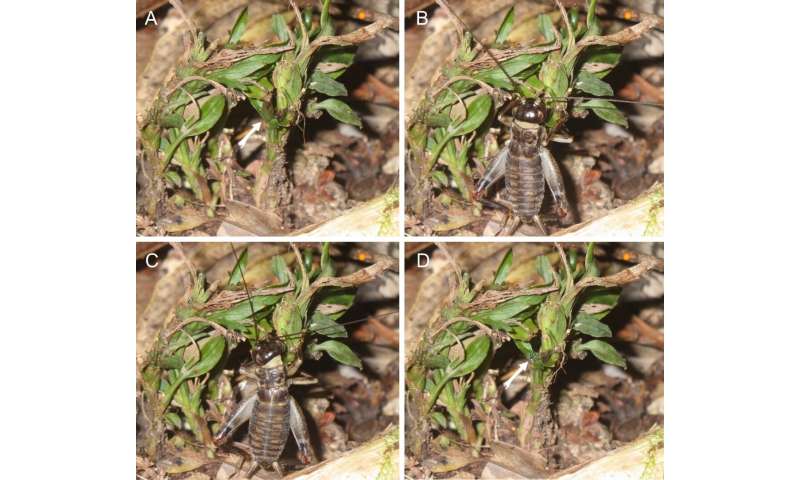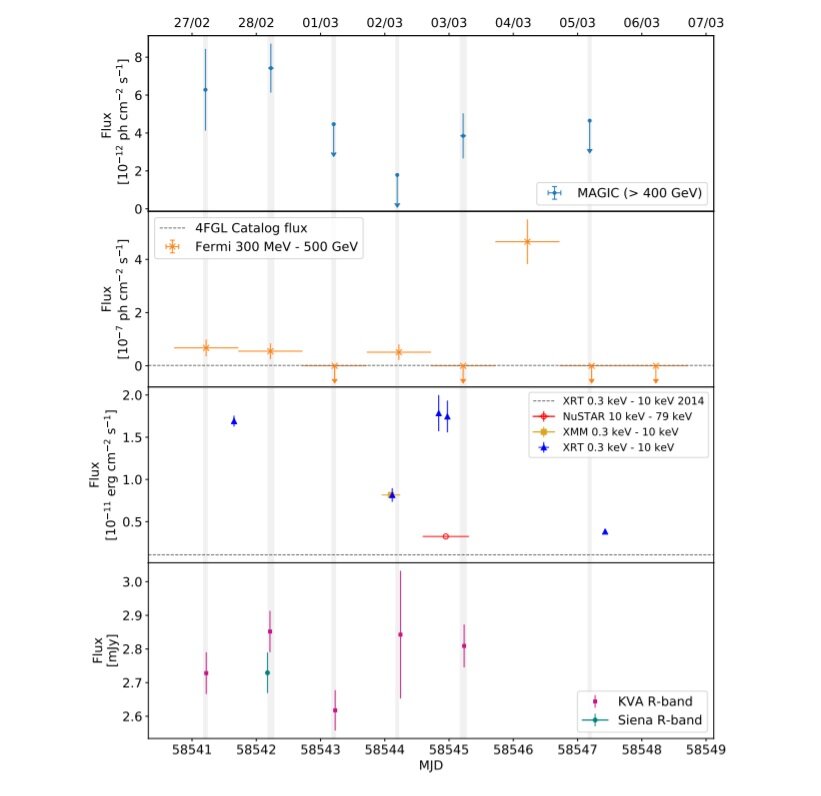#Crickets disperse seeds of early-diverging orchid Apostasia nipponica, suggesting an ancient association
“#Crickets disperse seeds of early-diverging orchid Apostasia nipponica, suggesting an ancient association”

Associate Professor Suetsugu Kenji (Kobe University Graduate School of Science) has found unusual seed dispersal systems by crickets and camel crickets in Apostasia nipponica (Apostasioideae), acknowledged as an early-diverging lineage of Orchidaceae. These findings were published on August 11 in the online edition of Evolution Letters.
Seed dispersal is a key evolutionary process and a central theme in terrestrial plant ecology. Animal-mediated seed dispersal, most frequently by birds and mammals, benefits seed plants by ensuring efficient and directional transfer of seeds without relying on random abiotic factors such as wind and water. Seed dispersal by animals is generally a coevolved mutualistic relationship in which a plant surrounds its seeds with an edible, nutritious fruit as a good food for animals that consume it (Figure 1). Birds and mammals are the most important seed dispersers, but a wide variety of other animals, including turtles and fish, can transport viable seeds. However, the importance of seed dispersal by invertebrates has received comparatively little attention. Therefore, discoveries of uncommon mechanisms of seed dispersal by invertebrates such as wetas, beetles and slugs usually evoke public curiosity toward animal-plant mutualisms.
Unlike most plants, all of the >25,000 species of orchids are heterotrophic in their early life history stages, obtaining resources from fungi before the production of photosynthetic leaves. Orchid seeds, therefore, contain minimal energy reserves and are numerous and dust-like, which maximizes the chance of a successful encounter with fungi in the substrate. Despite considerable interest in the ways by which orchid flowers are pollinated, little attention has been paid to how their seeds are dispersed, owing to the dogma that wind dispersal is their predominant strategy. Orchid seeds are very small and extremely light, and are produced in large numbers. These seeds do not possess an endosperm but instead usually have large internal air spaces that allow them to float in the air column. In addition, orchid seeds are usually winged or filiform, evolved to be potentially carried by air currents. Furthermore, most orchid seeds have thin papery coats formed by a single layer of non-lignified dead cells. It has been thought that these fragile thin seed coats cannot withstand the digestive fluids of animals, in contrast to the thick seed coats in indehiscent fruits, which are considered an adaptation for endozoochory.

Crickets disperse seeds of early-diverging orchid Apostasia nipponica, suggesting an ancient association (2020, August 10)
retrieved 10 August 2020
from https://phys.org/news/2020-08-crickets-disperse-seeds-early-diverging-orchid.html
This document is subject to copyright. Apart from any fair dealing for the purpose of private study or research, no
part may be reproduced without the written permission. The content is provided for information purposes only.
If you want to read more Like this articles, you can visit our Science category.
if you want to watch Movies or Tv Shows go to Dizi.BuradaBiliyorum.Com for forums sites go to Forum.BuradaBiliyorum.Com


